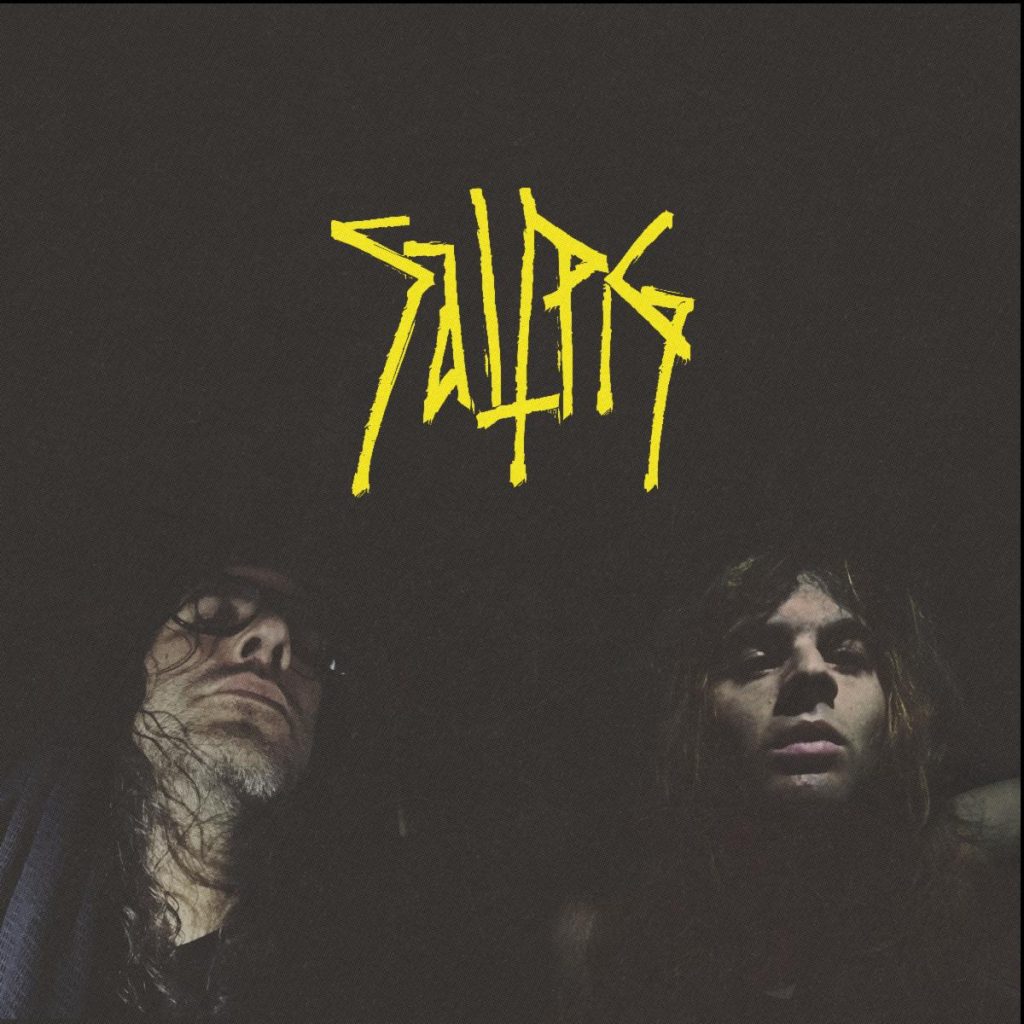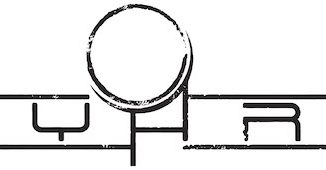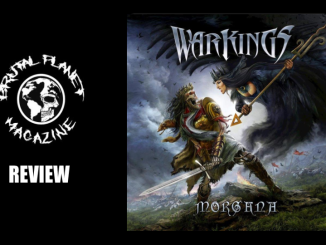
“I wanted a video that was a cross between the random shit they used to project on the walls in rock clubs and something you’d find buried in the woods on some sketchy video tape but with some sort of arc. The visual version of how the music sounds to me. I feel like these visuals do a better job of explaining the music than words ever could because it’s a mood describing a mood. I edited and constructed the video in the same way as I wrote, performed and produced the song. That’s why it feels so connected to my eyes and ears. Editing video is kinda like an extension of making music in the studio. It’s just working with video files instead of audio files, so when I make the videos I’m just picking up where I left off in making the record. It’s like adding a 4th dimension to the music. It’s affecting another one of your senses to put you in a mindset beyond what audio is capable of. It’s like a film score in reverse. I’m scoring the album with images and hopefully it adds for other people what it adds for me as a viewer.” – Mitch Davis
It’s a bit difficult to place SALTPIG neatly into a particular metal sub-genre. While there are elements of doom/stoner/psych/occult metal and others, there is also an intentional disregard for certain expected conventions of those styles. The music is of today, but it is taking inspiration from a time when there was just “metal”. Whether it be heavier, faster, more or less melodic, etc., it all came down in the end to being “metal”.
In that spirit, the songs on the SALTPIG debut record were produced with, as Mitch Davis puts it, a consistent inconsistency. “I get bored listening to a record where every song comes on with the same drum sound, same guitar sound, same vocal production. Maybe it’s the producer in me or maybe it’s a byproduct of how we listen to music on streaming services now. I wanted to create something that felt more like a mix tape. When I produced these tracks, I basically zeroed everything out from song to song and let the songs be their own entities. To force myself to write unexpected things, I changed tunings from song to song to force me away from what might fall naturally under my fingers. I even put a song on the album that’s nearly 20 minutes long. The only rule I gave myself and Fabio was to disregard anything that could be considered a ‘rule’, and at the same time to not be jarringly different just for the sake of being different. It’s more about just following a creative vision without having to be constrained by what is expected. It all sounds varied from song to song, but consistently SALTPIG at the same time because, in the end, it’s still me writing the songs, singing, playing the parts and producing/mixing the tracks with Fabio playing the drums, so It always sounds like SALTPIG.”
It’s melodic but embraces dissonance. It’s noisy and dirty and evil sounding. Underproduced and real. Recorded onto analogue tape and pushing the levels with a “distortion is never bad” ethos.
In fact, this album is being released on cassette with what Mitch has coined as a ‘multi-master cassette’. “As far as I know, this has never been done before. When the cassettes were being manufactured, there are some being recorded at the ‘proper optimal level’. But there are also some cassettes being recorded at ‘too loud’ levels! And there is no way to know what version you’ll be getting. Even I don’t know which is which! You may get a normal copy. Or you may get one that’s more saturated… or you may get one that’s even more saturated! When I was mastering the album to tape, I was trying it out at different levels… hitting the tape harder and distorting it more. No matter what level I recorded at, it sounded different and great in its own way. So I wanted to give that sort of individualized listening experience to people who get the SALTPIG album. I wanted the feel of the old tape trading days. You traded tapes… copied them… didn’t have any regard for proper levels. You just recorded it and you loved your copy. I wanted people to get this album and have their copy be unique to them. Get the tape, rip it to digital, put it on YouTube… whatever! Let people hear what your copy sounds like. Share it! It’s a great time to be part of the metal scene. There is so much amazing stuff coming out now and it’s really inspiring to be a part of it. And if we can re-create some of that old school community, even better!”




